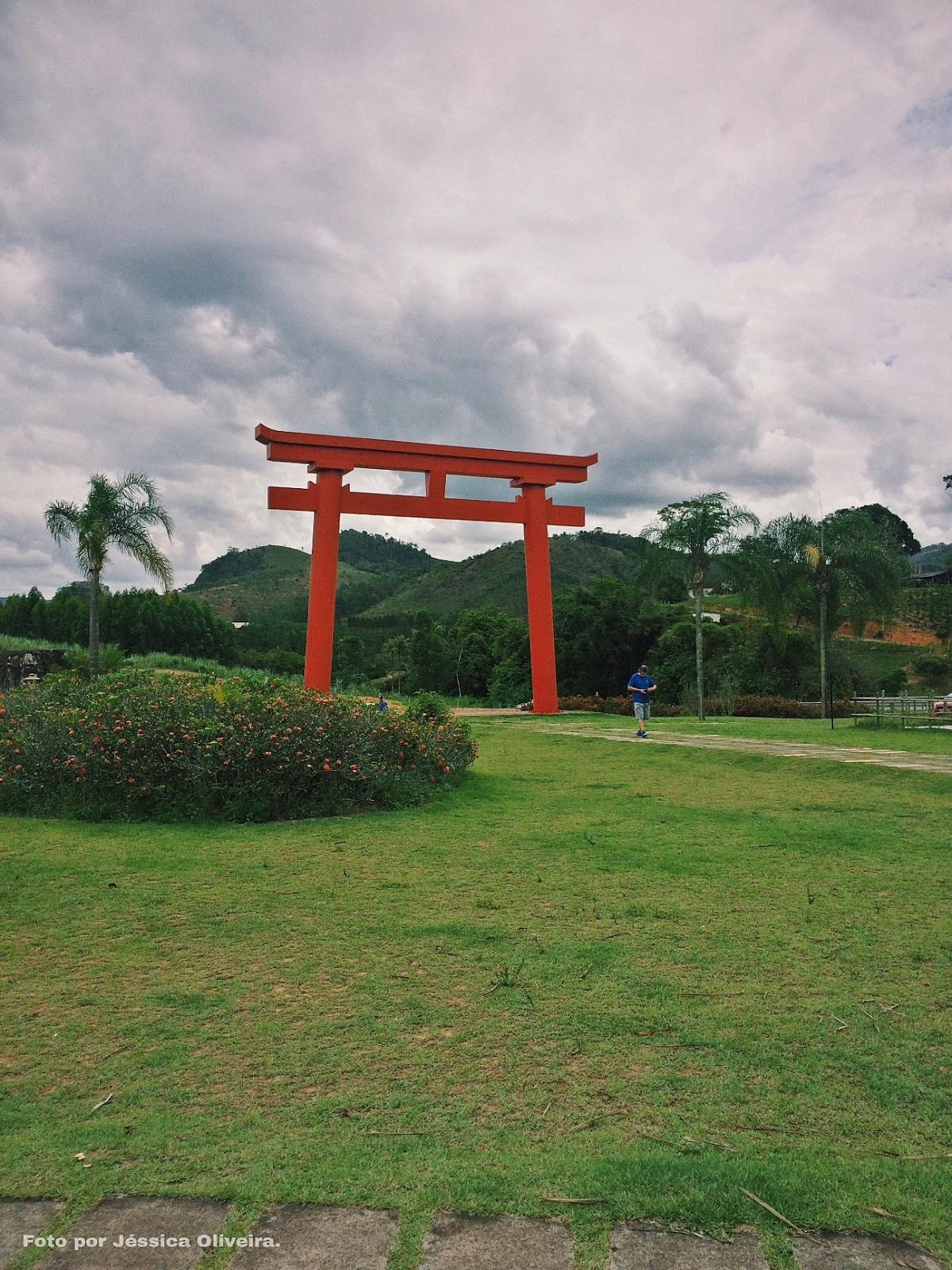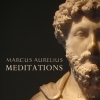
Zen Buddhism is a school derived from the Mahayana Tradition. It follows the same basic teachings of the Buddha, and it has found a very fertile soil in Japan and later in the western world.
It has incorporated some of the Japanese traditional arts into its practices as a form of training for attaining the goals of Buddhism. It also prepares the person to understand the teachings in a broader manner. Let’s check out these differences to learn more about what makes someone a Zen Buddhist.
How to become a Zen Buddhist?
First of all, you must find a place to experience the Buddhist practices in order to learn about the Buddha’s teachings. During this process you would be invited to make a commitment to the 5 basic precepts of Buddhism: do no harm, do not steal, do not say bad things, do not practice sexual misconduct and do not deal with intoxicants.
From this point onwards there will be differences that will lead you into the Zen Tradition, some of them are not restrained to Zen.
The Zen school will ask you to go a little further when it comes to committing to the precepts. These are:
Do not speak or think of the failures and flaws of others; do not feel superior to anyone nor make anyone feel inferior to you; Do not feel inferior to others or make them feel superior to yourself; do not put yourself as an unequal to anyone else; do not lie.
This slight difference was created by Dogen, the founder of the Zen Buddhist school, including the three jewels into the precepts. The Dharma, the main Law taught by Buddha, the Sangha, which is the community and the Buddha himself.
The precepts are the expression of an ethical life, which means basically doing what is right because it is the right thing to do. One shall not have any sort of hidden agenda, because one must not do what is right expecting to be complimented. Nor should one do right while aiming to receive any sort of benefit from it.
I strongly encourage everyone that wants to shift their lives into the right direction to not stick with this rigid structure though. Let me explain. Yes, you can start doing something that is right because you want some acknowledgement or want to guarantee good karma. But don’t give up, for this choice is pretty wise and will lead you to seeing the right way to do things, this is pure wisdom.
Immanuel Kant would only classify an action as good if it was practiced with good intentions. Let me use the example he gives to explain himself. If a child shows up at a bakery wanting to buy some bread, that costs $5, and gives you a $10 bill, you know the right thing to do is to give them $5 in return. But you know the kid doesn’t understand money, which means you can easily return $3..
When you are about to give her $3, it occurs to you that if anyone finds out about it you could ruin your reputation. At the last moment you give her the bread and her change of $5.
You did what was right but not for the right reasons. It’s not intentionally good, but this could be seen as a way to educate yourself. As time passes you’ll be giving the exact change because there is no other possibility to you. Then you’ll start to do good for good itself, because the good becomes a habit.
Remember, kids usually don’t share their belongings because it’s the right thing to do, they share because parents tell them to. But, hopefully, when they grow older they’ll begin to share because they see the effect of sharing.
Other differences – from meditation techniques to the way of looking at the moon

Besides the precepts, the Zen understands that historically the Buddha was Shakyamuni Buddha, but that everything from the microcosmos to the macrocosmos is Buddhistic and manifested in nature.
We must say the most important aspect of the Zen is the practice of the Zazen, the meditation where one faces their own self. The subject and object of meditation are the same. It is the study, the dissection of our own minds.
It is the proper time to study our movements, lack of movements, thoughts, lack of thoughts, actions and the lack of them too. In Zazen, we observe our sensations, we get into great intimacy with our body and mind. Which shall not be understood as two separate things. This is why monks are encouraged to use the zazen posture, because it is both physical and mental/spiritual.
Japanese Buddhism as a whole cares a lot about the physical aspect of human behavior. The way someone walks, talks, sits, and moves. Behaviour shapes the mind, thus behavior must be moderate.
Zazen is perceived as the experience of enlightenment, an experience that starts in India. The Zen Buddhists care about the Suttas, but as they always say, they are the finger that points out the moon. You should not focus on the finger otherwise you won’t see the moon.
Due to this perspective they believe it is important to study the Suttas, but we must also practice and focus on meditation, for this is the only way to experience the enlightenment Buddha teaches about.
For the Zen Buddhists it is possible to have the same experience as Buddha, and the main gate is the Zazen, the meditation. There are other ways, but meditation is indeed the main one.
Meditation is usually the greatest challenge for most people.The majority of people who try it fail at keeping consistent with it. There is a story about the third successor of Dogen who had great trouble quieting his mind..
He asked his master for help since he was not being able to accomplish the task. His master said:“Bring me your mind here and I will calm it down”. The disciple looked for a way of accomplishing this, of finding his mind and bringing it to his master, till he gave up and said that he wasn’t able to. The master then answered: “so, this means that it is already quiet”










